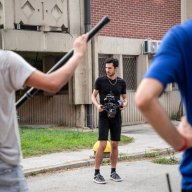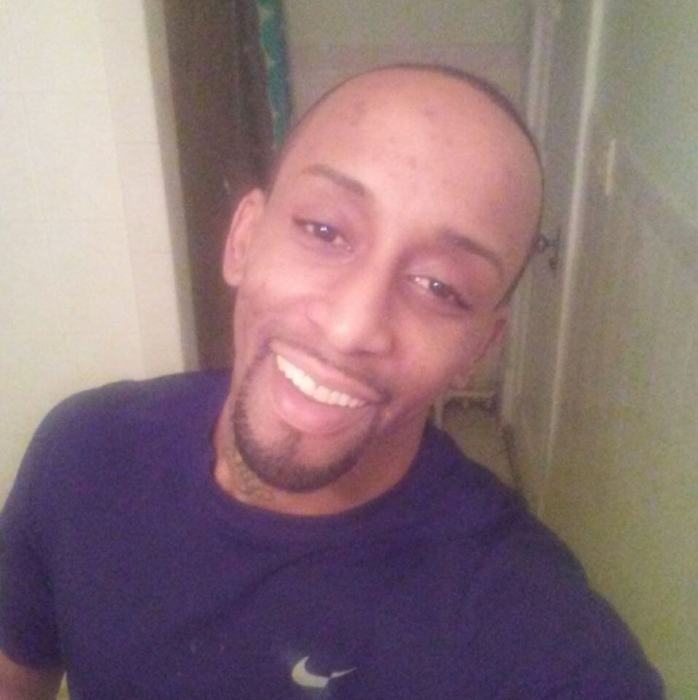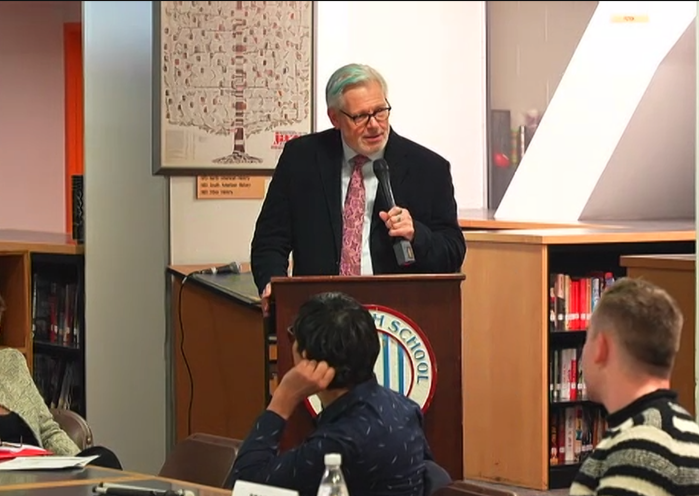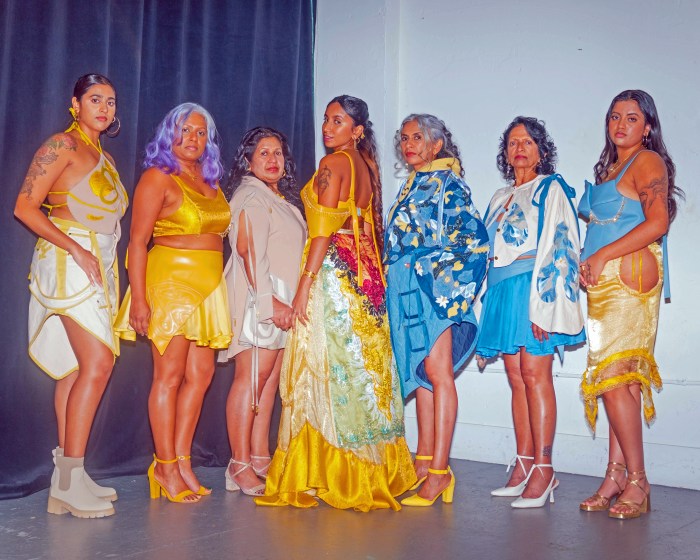NY court says no to surviving partner’s economic claim, yes on suffering compensation
BY ARTHUR S. LEONARD
Bound by the precedent of an appellate state court, a Nassau County trial judge, Daniel Palmieri, ruled on August 1 that the surviving same-sex partner of a woman killed in a traffic accident could not maintain a wrongful death action on her own behalf.
However, as executor of her deceased partner’s estate, she can sue for wrongful death on behalf of the surviving legal heirs and, because her partner survived the accident for several painful hours, could also maintain a negligence action on behalf of the estate for pain and suffering, any damages from which would go to her as principal heir under her partner’s will.
Victoria Sarafino was struck by a car driven by Gerard Simonelli late on the evening of March 25, 2003. Sarafino was attempting to cross a street in Long Island but was not walking in the crosswalk. Simonelli claimed that he did not see her in time to stop. Sarafino died from her injuries three hours later in the hospital.
Linda Saegert, who had been Sarafino’s domestic partner for 17 years, brought suit against Simonelli for wrongful death. New York’s Wrongful Death Statute authorizes somebody who would inherit from the deceased person as a matter of law—that is somebody who would inherit automatically if there were no will—to bring an action for the economic damages the plaintiff suffered on the loss of the victim’s life. Sarafino did have a will, which named Saegert as her principal heir and left only token amounts to her relatives. Pointing to this, Saegert claimed she was Sarafino’s intended heir and thus should be entitled to sue for wrongful death.
In 2003, a Nassau County trial judge ruled in another case involving a death allegedly due to medical negligence following an accidental injury that the surviving same-sex partner who was the victim’s Vermont Civil Union partner could bring a wrongful death action, but that decision in Langan v. St. Vincent’s Hospital was reversed in 2005 by the Appellate Division for the 2nd Department, the same court that would review any decision in this case.
Thus, Palmieri found that he was bound to reject Saegert’s attempt to sue for wrongful death on her own behalf. However, he pointed out, the record showed that Sarafino had surviving relatives who would inherit if there were no will and that Simonelli had offered no evidence that they had suffered no economic loss from her death, so his attempt to have the wrongful death claim dismissed was premature.
Palmieri said the suit could be brought by Saegert as an estate representative.
Saegert also offered evidence supporting her contention that Simonelli was negligent––an expert deposition showing that it was possible for him to have seen Sarafino in time to stop his car. There was also evidence that Sarafino was conscious for some time after the accident, thus incurring pain and suffering, for which her estate is entitled the value. Thus, Saegert, as executor, can also bring suit for that pain and suffering.
As principal beneficiary of Sarafino’s will, Saegert will inherit most of the assets of the estate.
Thus, even though Palmieri found that Saegert could not seek compensation for her economic losses as Sarafino’s partner, she could seek compensation for such losses to other surviving relatives as well as compensation to the estate––and ultimately to herself––for Sarafino’s pain and suffering.
gaycitynews.com

































